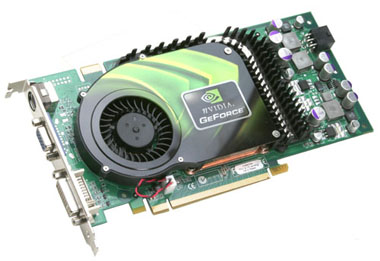There is also the physical side of things.
If you double the size of a chip you will only be able to produce half as many on each silicon wafer.
These chips will also have twice as many defects due to the doubled surface area.
(Not all defects cause a dud chip as redundancy is built into the design)
From a single silicon wafer you first of all get half the number of chip candidates then add to this a significantly increased number of defective chips and the outcome is large processors are much more expensive to manufacture.
This is the main reason, although not exactly as put.
If you double the die size, yields go down on an exponential curve, not linearly.
Take a wafer, say it costs $7000 to make, lets say a smaller die gets 200 potential cores off a wafer, and an 80% yield, so you're getting 160 working dies off a wafer, $44 a chip.
If you make that die twice as big, you instantly drop the potential cores to 100, but yields will also decrease significantly. In the first case 40 cores don't work, in the second case, you'll still get 40 cores not working, but that itself brings the yield down to 60%. So you're now at 60 working cores, but the same wafer cost, or $117 a chip

Double die size, triple the cost, its not good, it limits your market, thats at cost, with no profit, they need to make profit to cover R&D on the chips ANd R&D on the process.
Other things, a lot of the size difference is just a bigger heatspreader, not necessarily the size of the die underneath.
What else, a Sandybridge uses 95W under load, its already looking like Sandybridge-e, not altogether that much bigger, will use 130W as its TDP, but has been said to unofficially use quite a bit more on top of that.
Different parts of the core use different amount of power.
If you went with an 8 core Sandy, with only a dual channel memory controller, would the cores become severely limited by bandwidth, its quite likely.
Back to manufacturing theres one other quite simple problem, if you go from producing 160 cores per wafer, to 60 cores per wafer, you've cut the number of CPU's you can produce a year by around 60%. If the world "needs" 100mil cpu's from Intel every year to make the world go around, well, Intel can't just produce 40million.
In terms of single thread performance and clock speeds vs die size, you really can throw transistors at both problems, but due to all the previous problems, the best you can get at the smallest die size is the best overall design method in the silicon industry.
If AMD chips were 30% slower, but also 30% smaller and they could make 30% more chips due to that size, then selling them 30% cheaper than Intel chips would make them a killing, selling bigger chips that you can make less of, for less money than Intel isn't the best method.









